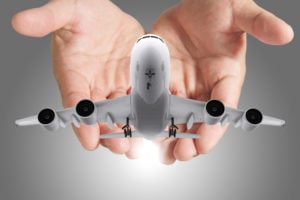 DVT or Deep Vein Thrombosis is the formation of a blood clot in a deep vein which usually affects the leg or pelvis. DVT has commonly been referred to as “economy class syndrome” due to the prevalence of people developing a thrombosis after long haul flights. Research shows that the development of a DVT is probably due to a combination of dehydration and immobility, as well as other risk factors including coronary heart disease, obesity, cigarette smoking, pregnancy, taking a high dose combined oral contraceptive pill, family history of DVT, or recent surgery or injury. It is also possible to develop a DVT during prolonged periods of immobility so you can be at higher risk after a long drive or sitting at the computer for extensive periods without moving.
DVT or Deep Vein Thrombosis is the formation of a blood clot in a deep vein which usually affects the leg or pelvis. DVT has commonly been referred to as “economy class syndrome” due to the prevalence of people developing a thrombosis after long haul flights. Research shows that the development of a DVT is probably due to a combination of dehydration and immobility, as well as other risk factors including coronary heart disease, obesity, cigarette smoking, pregnancy, taking a high dose combined oral contraceptive pill, family history of DVT, or recent surgery or injury. It is also possible to develop a DVT during prolonged periods of immobility so you can be at higher risk after a long drive or sitting at the computer for extensive periods without moving.
The symptoms of DVT, often in the calf, are:
- redness
- warmth
- tenderness
- swelling
The most serious complication of a DVT is the potential for it to develop into a pulmonary embolism. This is when the DVT dislodges from the leg and travels into the vessels of the lungs which is very dangerous and can affect a persons’ ability to breathe.
To treat a DVT, usually the patient will be put on a course of anticoagulants or blood-thinning medication to break down the clot.
As far as prevention goes, the best thing to do is keep moving! If you have any of the risk factors above then speak to your GP about getting a pair of compression stockings to wear on your next long haul flight. Try to avoid alcohol and coffee whilst flying, and also see below for some calf exercises to improve circulation.
As always don’t hesitate to ask your Bend + Mend Physio if you have any more questions!





